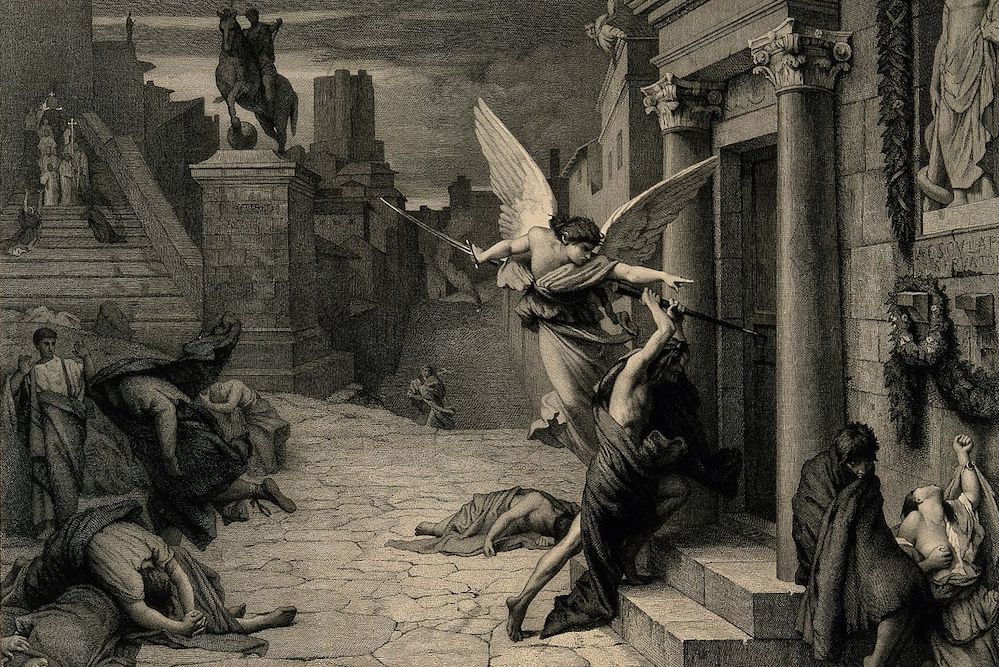Why Romans Grew Nostalgic for the Deadly Plague of 165 A.D.
The Empire’s Resilience to Smallpox Included Appealing to the Gods and Affirming the Power of Community to Stand Together Amidst Personal Horror
Around 165 A.D., the Anatolian town of Hierapolis erected a statue to the god Apollo Alexikakos, the Averter of Evil, so that the people might be spared from a terrible new infectious disease with utterly gruesome symptoms. Victims were known to endure fever, chills, upset stomach, and diarrhea that turned from red to black over the course of a week. They also developed horrible black pocks over their bodies, both inside and out, that scabbed over and left disfiguring scars.
For the worst afflicted, it was not uncommon that they …





